Terahertz (=THz) radiation is electromagnetic radiation located between the low-frequency far-infrared and the high-frequency microwave parts of the spectrum (from 0.3 to 3 x 1012 Hz, with a wavelength from 10 micrometers to 1 mm). THz radiation is unique because it combines useful properties of both radio waves and infrared waves.
THz radiation can be used to create high-resolution images in 2 or 3 dimensions, by reflecting off or penetrating a target. THz radiation sources are currently being used for security at airports to detect weapons or drugs concealed by passengers or hidden in packages, even underneath a person’s clothing. At present, the image resolution is so good, that industry standards require that the image has to be blurred when used in homeland security, to protect a person’s privacy!
THz radiation can also penetrate soft body tissue, such as the upper layers of the skin. THz radiation is thus able to see things that other wavelengths do not—making it a non-ionizing alternative to X-rays (and therefore sometimes called “T-rays”). This fact has been utilized for over 50 years in the field of medical imaging and cancer detection because THz radiation is absorbed selectively by body tissues depending on their water content. By being able to penetrate substances that are opaque to visible light, THz radiation has uses in spectroscopic analysis of fluids, detecting cracks in ceramic materials, synthetics, textiles, gases, and much more.
But THz radiation has its own special challenges as well–notably in creating it and in detecting it. Ophir has special absorbers, detectors, power sensors and beam profilers for the THz region of the spectrum. Ophir sensors are compatible with Ophir meters and PC interfaces, to give you an accurate and fully-traceable power measurement of a THz beam.
Power Sensors
Ophir has power sensors suited for THz radiation, depending on the beam’s power. For high-power THz radiation, the 3A-P-THz is a thermal detector that can measure powers ranging from 15μW to 3 Watts and has a large 12-mm aperture. It is suitable for both continuous-wave and short-pulse beams and has a flatter spectral response for a wide spectral range.

For lower powers, as low as 50 nanowatts, there is the RM9-THz sensor package. It consists of the RM9 pyroelectric sensor with a suitable absorber and a chopper. There is also a lock-in amplifier which eliminates background noise.

These are both stand-alone sensors, independent of the source of the beam, which eliminates difficulties in alignment. They are compatible with all Ophir meters and PC interfaces.
Beam Profilers
Ophir also offers excellent tools for profiling THz laser beams. The Pyrocam IIIHR Beam Profiling Camera can absorb and analyze wavelengths from 13 to 355 micrometers , for continuous and pulsed wave THz sources. It can measure beams with a power density of 30 milliwatts/cm2 and above. Ophir also offers the next generation Pyrocam IV, with a larger active area than the Pyrocam IIIHR (25.6 mm x 25.6 mm, instead of 12.8 mm x 12.8 mm).

Both beam profilers come with BeamGage software, suitable for Windows 7 and Windows 10, for analyzing multiple beams with a single camera. BeamGage provides either a 2D or 3D beam display, along with an impressive number of data analysis and processing tools.

These beam profilers come with a number of accessories, including optical camera triggers, attenuators, beam samplers, designed for ease of assembly. With this range of products, Ophir has the tools to optimize your THz application.
For further information, contact us at our website.
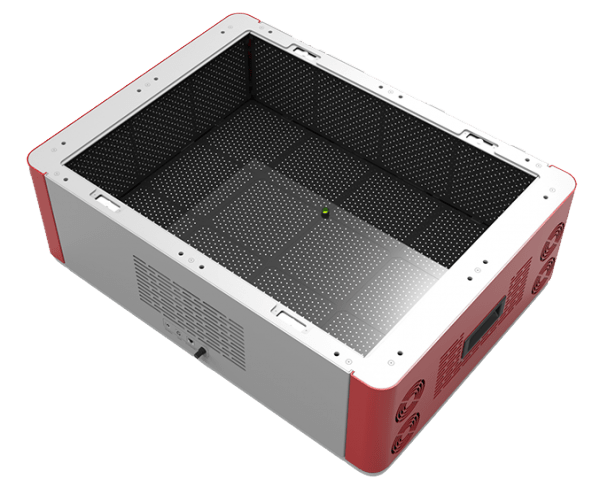
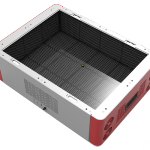

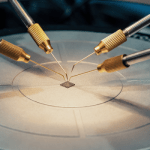


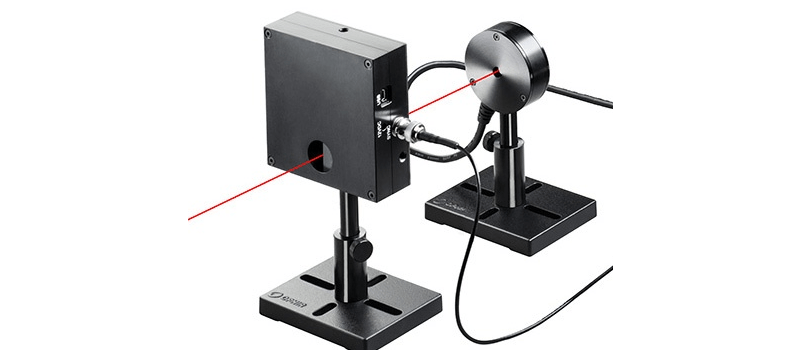
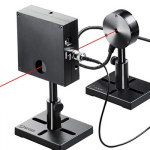


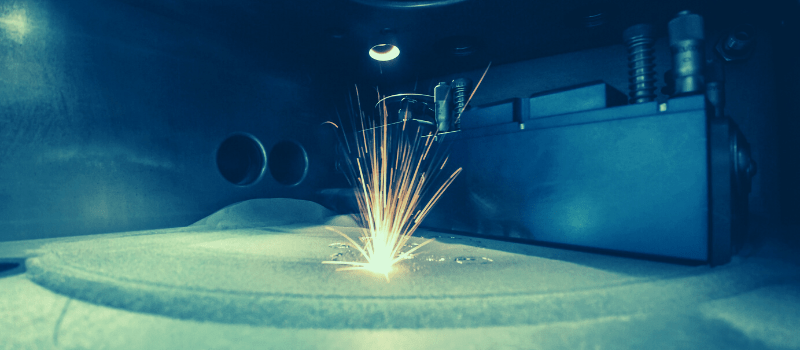

Leave a Reply
Your email address will not be published. Required fields are marked *